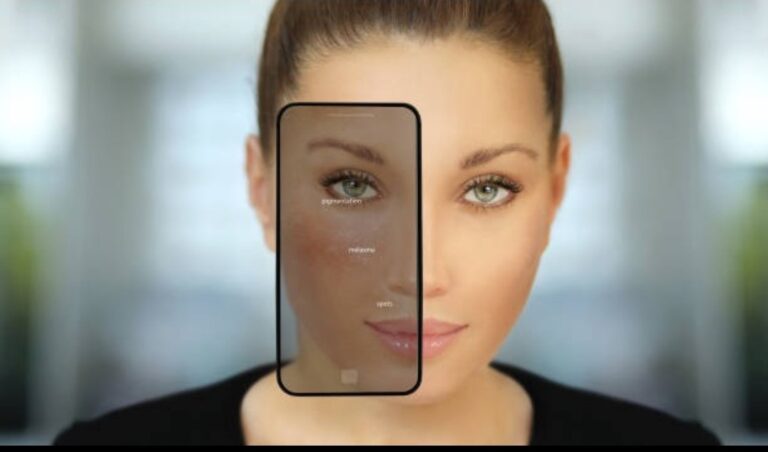Passive liveness is an advanced security feature that validates the authenticity of users by minutely analyzing the claimed identity, reducing the potential risks of fraudulent activities.
Financial crimes like money laundering and terrorist financing are increasing at an alarming rate, harming the integrity of the financial world and profoundly impacting the victims. To mitigate the threats of such criminals and preserve the integrity of the financial world, it’s crucial to establish robust security measures and the best preventive strategies. Passiv liveness, an advanced security feature conducted to accurately validate the identity of users, plays a critical role in streamlining the KYC (know-your-customer) process executed in financial institutions. KYC is an essential component employed by financial institutions and other businesses to have an understanding of who their customers are and what kinds of risks are associated with them.
The Need for Passive Liveness Detection
Passive liveness detection employs advanced algorithms and sophisticated technologies to accurately authenticate users by analyzing faces of the presented identity, without requiring users to perform certain actions. Unlike active liveness detection which verifies the user’s identity by analyzing subtle movements or micro-expressions, passive liveness relies on advanced algorithms to verify the identity of users by evaluating unique facial features.
The users come in front of the cameras or present facial photos based on which authorization is taken. The advanced technology analyzes the skin texture or in-depth information of the facial data to indicate the live presence of the person. In simple, passive liveness checks determine whether the person claiming the identity is genuine or a flat 2D image.
Key Characteristics of This Valuable Tool
Passive biometric verification adds an extra layer of security against spoofed attacks or deep fakes, enhancing the security of systems and making it simpler for customers to prove their identity.
- Users prefer the authentication method that is easy and convenient, passive liveness detection improves users’ experience by verifying the user’s identity just by examining the facial data, eliminating the lengthy verification process.
- Passive liveness detection ensures that systems are protected against mask attacks and identity spoofing. If criminals get illegitimate access to users’ biometric data, they won’t be able to enter the system as passive liveness check actively flags fabricated identities, limiting unauthorized access to services.
- Passive liveness detection is considerably observed as a secure and reliable authentication method, as the verification is completed based on the evaluation of 70-80 points in facial data, which is hard to replicate or spoof, preventing unauthorized access to data.
Role in Streamlining KYC Procedure
The technology speeds up the customer onboarding process as additional steps are excluded from the verification process, enabling the business to efficiently onboard customers. Talking further, passive liveness checks enhance user convenience and build confidence in businesses that implement this technology for secure authentication. The abandonment rates are significantly reduced, increasing the operational efficiency of the businesses and financial institutions and streamlining the KYC process.
Passive biometric verification acts as a safeguard against spoofed attempts and fraudulent activities, reducing the potential risks of illegitimate activities. Using advanced algorithms, passive liveness detection evaluates and examines biometric data in real-time, promptly flagging unusual behavior often overlooked by authentication solutions.
A Safeguard Against Fraudulent Attempts
Algorithms integrated into liveness detection are trained on large datasets of identities and fraudulent attempts, enabling these algorithms to detect anomalies or inconsistencies in real time. Cybercriminals use sophisticated tactics to steal or spoof biometric data and exploit the acquired data to fulfill their nefarious intentions. Passive liveness detection accurately authenticates genuine individuals by analyzing and matching the presented identity against registered data while flagging spoofed identities by interpreting anomalies or inconsistencies.
Better User Convenience & Regulatory Compliance
Lengthy and complex verification processes often frustrate users and lead to abandonment. Passive liveness authenticates the identity of users in a matter of seconds, by precisely analyzing facial features and examining the nodal points of the face geometry, eliminating the need to perform certain actions like smiling, blinking, or moving the head.
- Using passive biometric verification, financial institutions not only improve users’ experience but also build trust with customers by indicating that they are using rightful security measures. Furthermore, implementing robust liveness checks enables businesses to comply with regulatory standards and evade legal penalties.
- The deployment of passive liveness detection enables businesses to effectively comply with KYC and AML regulations, significantly reducing the risks of criminal activities. If cybercriminals enter into systems and conduct nefarious activities, businesses are held liable for potential data breaches and victim’s losses. By implementing robust passive liveness checks, businesses can effectively ensure that they are adhering to the legal framework, evading legal repercussions.
Concluding Thoughts
Passive liveness detection proves to be a valuable and secure tool that efficiently streamlines the KYC process for financial institutions and businesses, offering heightened security. This sophisticated technology precisely verifies the identity of real persons, improving the onboarding & login experience for users and simultaneously mitigating the potential threats of fraudulent activities. The technology is experiencing continuous advancements and is set to offer promising applications in the upcoming years.




